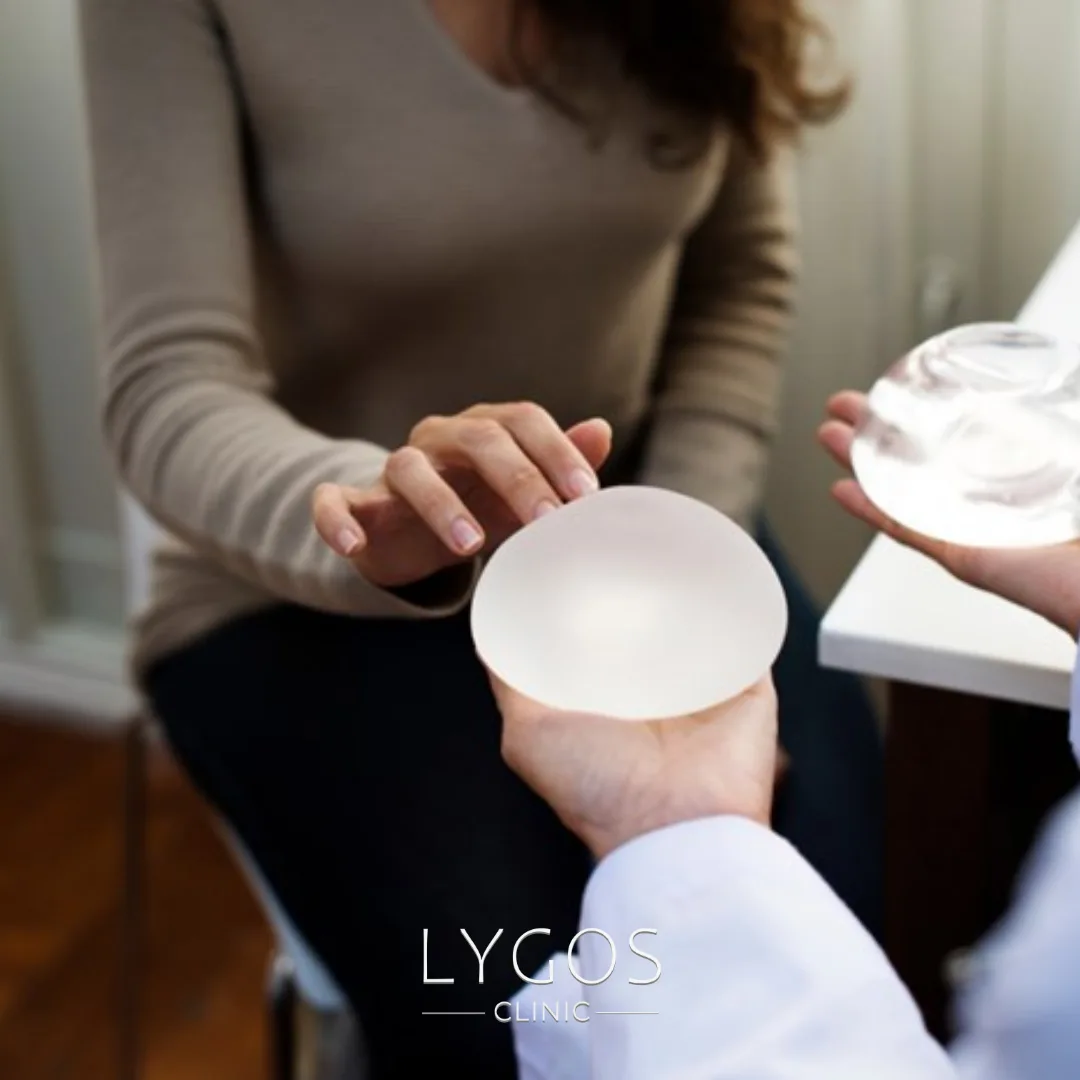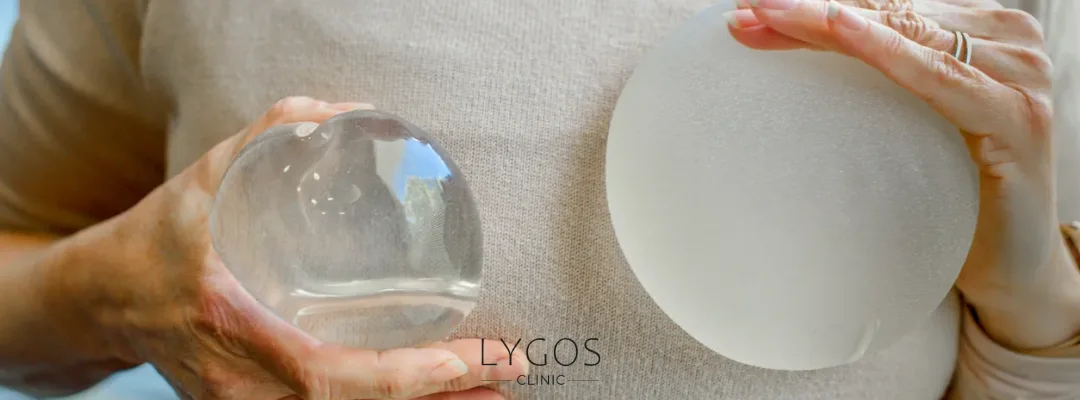Saline vs Silicone Implant

Chose Your Topic
Saline vs Silicone Implant
Breast augmentation procedures have become one of the most common practices in aesthetic surgery today. Two main types of implants are widely used in these surgeries: silicone implants and saline implants (filled with a sterile saltwater solution). So, what exactly are the differences in the saline vs silicone implant comparison, and which one might be more suitable for you?
In this article, we will thoroughly examine both implant types, compare their pros and cons, and provide detailed insights into which implant is preferable under various circumstances.

What Is a Saline Implant? Advantages and Disadvantages
A saline implant is a breast prosthesis filled with sterile saltwater (saline solution). These implants are often inserted empty and filled after placement, giving the surgeon flexibility in adjusting the implant size during the procedure.
Advantages:
Smaller incisions possible: Since they are inserted empty, they require smaller cuts, leading to less visible scars.
Leak detection is easier: If the implant leaks, the body safely absorbs the saline and the implant deflates — making the issue noticeable quickly.
FDA-approved and safe: Widely used and approved by health authorities like the FDA in the U.S.
Disadvantages:
Less natural feel: May feel firmer or more artificial compared to silicone implants.
Higher risk of rippling and wrinkling: This is especially noticeable in thinner individuals with less breast tissue.
Noticeable shape distortion if ruptured: They lose volume quickly, leading to visible asymmetry.
One of the key points in the saline vs silicone implant debate is the natural feel. Saline implants are generally recommended for individuals with thicker breast tissue.
What Is a Silicone Implant? Advantages and Disadvantages
Silicone implants are filled with a thick, gel-like silicone material. This special gel closely mimics natural breast tissue in texture and feel, making it a popular choice for those seeking an aesthetically pleasing result.
Advantages:
More natural look and feel: The gel closely resembles real breast tissue in softness and consistency.
Lower risk of rippling: Provides a fuller and smoother outward appearance.
Long-lasting: With proper care and monitoring, they can maintain their shape and form for many years.
Disadvantages:
Leak detection is harder: In the event of a rupture, the gel may remain in place, making it less obvious. Regular MRIs or ultrasounds are recommended.
Requires larger incisions: Because they’re pre-filled, they need slightly larger cuts for placement.
More expensive: Typically costlier than saline implants.
In the saline vs silicone implant comparison, silicone implants often lead in terms of appearance and aesthetic quality.
Which Implant Is Safer?
Both types of implants are FDA-approved and have been used safely for many years. However, there are subtle differences in safety considerations:
Saline implants: In the case of a leak, the saline solution is harmlessly absorbed by the body and the deflation is immediately noticeable.
Silicone implants: May not show visible changes even when ruptured, so regular imaging (MRI or ultrasound) is advised.
While there’s no dramatic safety difference, the saline vs silicone implant choice differs in terms of monitoring and follow-up needs.

Which Feels More Natural?
A natural look and feel are often a priority in breast augmentation procedures. In this regard, silicone implants clearly lead:
Silicone implants offer a softness and density that closely mimic real breast tissue.
Saline implants tend to feel firmer and can become more noticeable (edges felt through the skin) over time.
Among the saline vs silicone implant criteria, natural feel is typically a strong argument in favor of silicone.
Cost Comparison: Saline vs. Silicone Implant
Cost is a key factor in aesthetic surgery decisions, and there is a notable price difference between the two types.
Saline Implant Costs:
Generally more budget-friendly than silicone.
Shorter surgery time and lower material costs.
Silicone Implant Costs:
More expensive due to the advanced gel materials and more natural results.
High-quality silicone implants are often longer-lasting, justifying their higher price in the long run.
Still, the saline vs silicone implant decision should not be based on cost alone. Long-term satisfaction and aesthetic goals matter just as much.

Who Should Choose Which Type?
The ideal implant varies based on individual factors such as body type, age, aesthetic expectations, and lifestyle.
Saline implants are suitable for:
Individuals over 18 years old seeking a more affordable solution.
Those who want smaller incision scars.
People with thicker breast tissue, where implant edges are less likely to be felt or seen.
Silicone implants are suitable for:
Individuals 22 years or older (FDA regulation).
Those prioritizing a natural appearance and feel.
Leaner individuals looking to minimize rippling risks.
The saline vs silicone implant decision should always be guided by a consultation with a qualified plastic surgeon.
Saline vs Silicone Implant Frequently Asked Questions (FAQ)
Silicone implants offer a more natural look and feel due to their gel-like texture, giving them the edge in the saline vs silicone implant comparison.
The body absorbs the saline safely. The implant deflates quickly, making the rupture noticeable right away — an important safety consideration in the saline vs silicone implant discussion.
Not always. The gel often stays in place, making the rupture harder to detect. This is why regular MRI or ultrasound checkups are recommended — a key difference in saline vs silicone implant maintenance.
Both can last 10–20 years, but silicone implants tend to retain their shape and form better over time, which gives them an edge in the saline vs silicone implant comparison.



